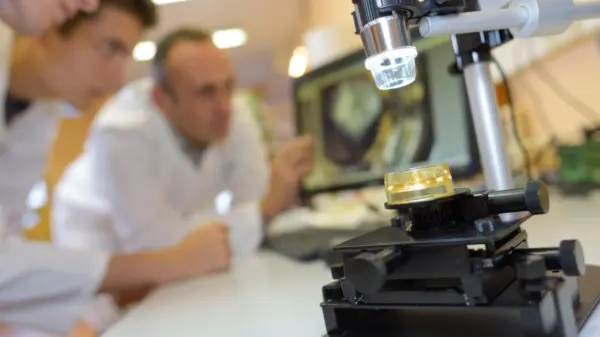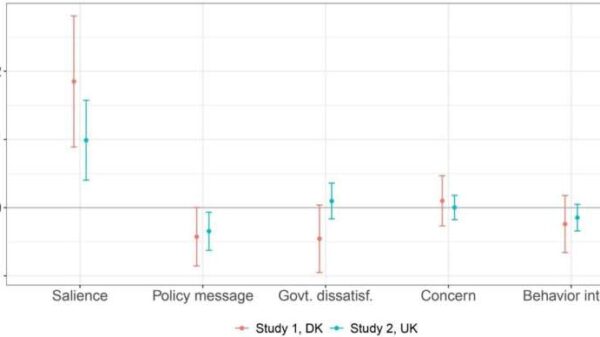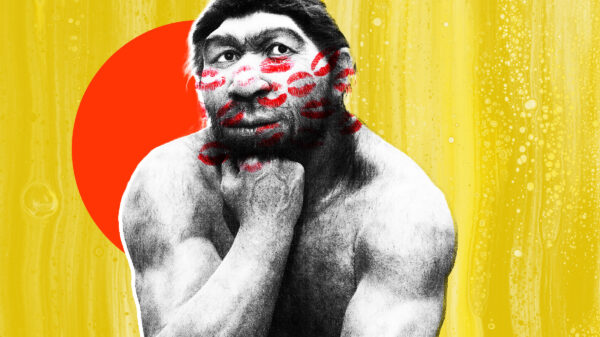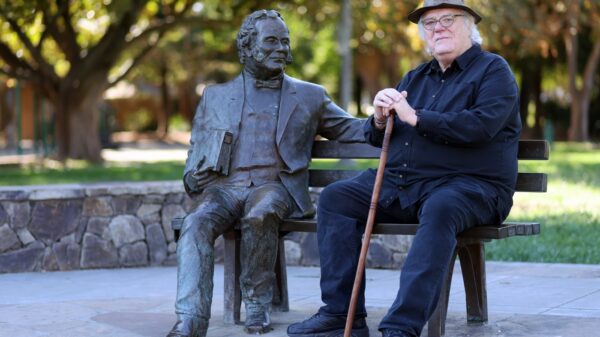A recent analysis of a remarkable 104-centimeter long hair found in Peru has the potential to reshape our understanding of recordkeeping in the Inca society. This discovery suggests that not only the elite but also commoners actively participated in maintaining records, challenging previous assumptions about social hierarchies within this ancient civilization.
The hair was linked to a knotted device, a tool historically used by the Incas for recordkeeping, known as a quipu. Researchers from the University of California, Davis, who conducted the analysis, uncovered that the hair’s owner had a simple diet primarily consisting of plants. This finding implies that individuals from lower social strata were involved in the creation and maintenance of these records, rather than reserving this task exclusively for the elite.
Implications of the Findings
The implications of this research extend far beyond a mere dietary assessment. By revealing that commoners likely engaged in recordkeeping, it challenges the long-held view that such activities were confined to the upper echelons of Incan society. This discovery could lead to a reevaluation of how we understand social organization and economic management in the Inca empire, which thrived between the 15th and 16th centuries.
The hair’s analysis is part of a broader effort to understand the complexities of Inca life. The researchers utilized advanced techniques to examine the hair’s composition, allowing them to draw conclusions about the dietary habits of its owner. The insights gained from this analysis offer a window into the daily lives of those who may have been overlooked in traditional narratives.
Future Research Directions
This groundbreaking work opens new avenues for further research into Incan society. Future studies could explore more artifacts and remains to gain deeper insights into the roles of various social classes in recordkeeping. As archaeologists and historians continue to investigate, the potential to uncover more about the Inca civilization’s social structure and daily practices remains significant.
Overall, this discovery not only enriches our understanding of the past but also emphasizes the importance of recognizing the contributions of all societal members, regardless of their status. The analysis of the hair and its implications could lead to a more nuanced perspective on the legacy of the Inca civilization, shedding light on a society that was far more complex than previously understood.




































































